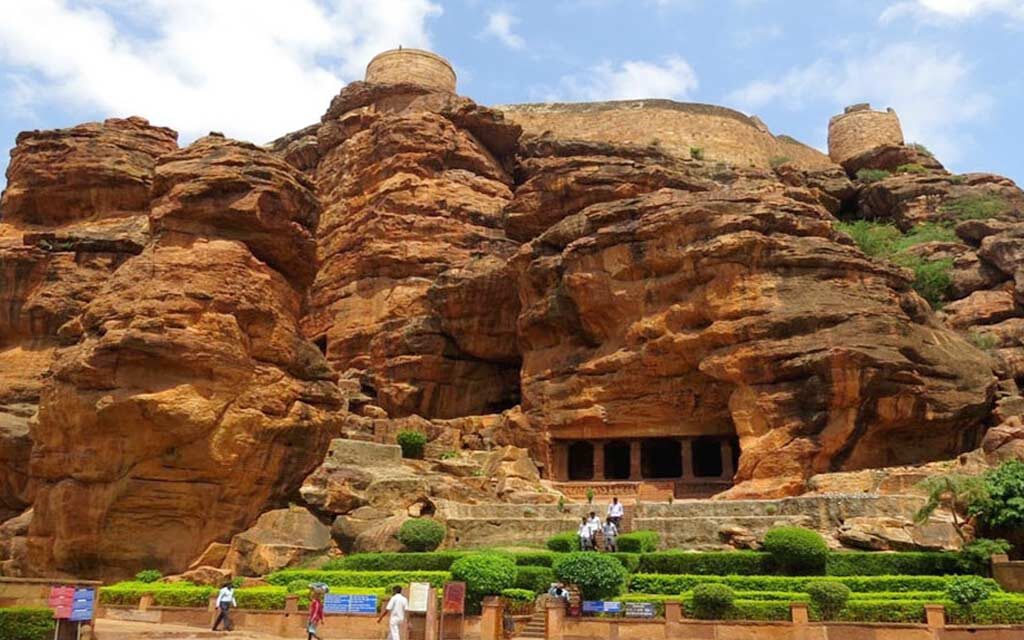Unveiling the Marvels of Indian Rock Paintings at Bhimbetka Caves

Introduction:
Imagine stepping back in time, to an era when canvas was the very rock that stood beneath your feet. Welcome to the fascinating world of Indian rock paintings, where ancient artists left behind a mesmerizing tale etched on the walls of time. Among the most exceptional sites showcasing this ancient art form is the Bhimbetka Cave complex. Let’s embark on a journey through the various phases of development in Indian rock painting, with Bhimbetka as our guide.
Phase 1: Prehistoric Beginnings
Long before paper and brushes, early humans used the very walls of their shelter as their canvas. Bhimbetka’s caves offer us a glimpse into this primordial phase, believed to be around 30,000 years old. Using simple colours obtained from nature like red, yellow, and white, these prehistoric artists painted animals, human figures, and daily life scenes.
Phase 2: Mesolithic Marvels
As time progressed, so did the sophistication of rock paintings. The Mesolithic era, around 10,000 years ago, witnessed a surge in artistic expression. Bhimbetka houses these transitional works, depicting scenes of hunting, dancing, and rituals. The artists showcased a growing understanding of shading, movement, and symbolism.
Phase 3: Chalcolithic Elegance
With the advent of the Chalcolithic age, characterized by the use of copper tools, rock paintings became more intricate. Artists began portraying farming activities, ornaments, and intricate designs. Bhimbetka’s ‘periodic style’ paintings stand as a testament to this phase, reflecting a newfound finesse in artistic execution.
Phase 4: The Historical Blend
As time flowed, so did the confluence of cultures. The historical phase of rock painting saw a blend of various influences, from tribal to Aryan. Bhimbetka’s ‘post-Chalcolithic’ paintings reveal this amalgamation, featuring horse riders, scripts, and even glimpses of the earliest urbanization.
Phase 5: Rediscovery and Preservation
The modern era brought along an increased interest in history and archaeology. Bhimbetka’s importance was officially recognized in the 1950s, leading to preservation efforts. These rock paintings provide invaluable insights into ancient life, culture, and evolution. They also serve as a reminder of our connection to our roots.
Conclusion:
The Bhimbetka Caves stand as a living testament to India’s rich artistic and cultural heritage. Through its diverse phases of development, Indian rock painting offers us a window into the past, a glimpse of human evolution, and a bridge connecting us to our ancestors. As we stand before these ancient artworks, we are reminded of the enduring power of human creativity and the stories etched in stone for us to unravel and admire.